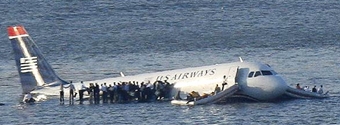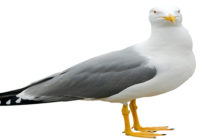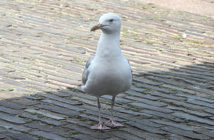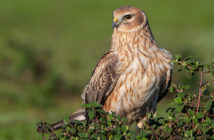Interviews conducted with the pilots and cabin crew have all but confirmed that a flock of Canada geese was the cause of the near-disaster that struck Flight 1459 seconds after it took off from New York”s La Guardia airport on 15 January 2008.
In dramatic evidence given to investigators, the pilot and co-pilot of the US Airways jet that ditched in the Hudson River both reported seeing a formation of Canada geese as their plane was reaching an altitude of about 3,000 feet. Before they knew it, the windscreen turned dark brown and several loud thuds were heard followed by complete silence as the engines went dead. There was also a smell of burning goose.
| Both black boxes from the Airbus 320 were dispatched to Washington DC for detailed analysis by federal crash investigators yesterday after engineers safely hoisted the aircraft onto a barge moored on the southern tip of Manhattan.
This detail comes from a report filed by David Usborne in New York for The Independent . Click here to read it in full. |
|
|
|
Bird strikes are far from a new phenomenon. Nicknamed ‘The Birdman’, Calbraith Rogers was the first person to fly across the US. But in 1912, his biplane flew into a flock of birds and caused him to crash land. He died of a broken neck. According to reports from the time, a seagull jammed the controls in Rogers” plane. Globally, bird strikes have killed more than 220 people and destroyed more than 200 aircraft since 1988. According to the US Federal Aviation Authority, the increase coincides with a significant rise in commercial air travel as well as a resurgence of bird populations in urban environments . |
||




